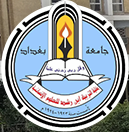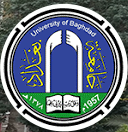Abstract
This study investigates the translation of the Qur’anic allusions in the poetry of Mahmoud Darwish and how transtextuality has shaped his literary work. This study’s analysis of the translation of Mahmoud Darwish’s poem, ʾanā Yūsuf yā ʾabī incorporated Ritva Leppihalme’s (1994) classification of references as well as Julia Kristeva’s (1980) and Gérard Genette’s (1992) transtextuality models to construct a translation transtextual- based model. It is mainly qualitative in nature, which allows the translation to be analyzed based on an eclectic approach. This study concludes that the literal translation of the poem captures only the surface meaning of the original. Therefore, the translation lacks the textual dimensions that connect it to the original text and to the poem’s Qur’anic references.
Article Type
Article
First Page
408
Last Page
427
Publication Date
3-15-2023
Creative Commons License

This work is licensed under a Creative Commons Attribution 4.0 International License.
Recommended Citation
Al-Sowaidi, Belqes Saif Abdulelah
(2023)
"The Translatability of Qur’anic Allusions in Darwish’s Poetry: A Comparative Transtextual Approach,"
Alustath Journal for Human and Social Sciences: Vol. 62:
Iss.
1, Article 22.
DOI: 10.36473/ujhss.v62i1.1927
Available at:
https://alustath.researchcommons.org/journal/vol62/iss1/22










